Consultation on strategy: results
This web page reports on the consultation of the draft Thriving Greenspaces 2050 Vision and Strategy for the City of Edinburgh Council’s public greenspaces which ran from October to December 2022.
Background
The Edinburgh’s Thriving Greenspaces project is largely externally funded and has been delivered by a partnership, with the City of Edinburgh Council as lead partner.
The Council wished a key output to be a new vision and strategy for the city’s parks and greenspaces.
The draft vision produced is of
“Greenspaces that are at the heart of our communities and help make Edinburgh an outstanding city for wellbeing, quality of life and heritage.”
and the 4 themes of the strategy are
“Greenspaces that are connected, thriving, valued and resourced.”
We had worked to involve the public in initial development of the strategy during the core of the project period which was between 2020 and 2021. This directly informed the draft vision and strategic themes.
This earlier work involved a wide range of surveys and meetings including 14 visioning workshops.
Participants in this stage included:
- Community, voluntary and public service organisations
- Park Friends / Volunteers
- Councillors
- Council staff
The draft vision and strategy and other links to the consultation can also be found on this website at
Summary of consultation responses
The consultation responses showed a strong overall majority in favour of the general direction of the vision and strategy (71% of 128 responses, of which, 11 were from organisations). We received some very supportive and constructive suggestions and comments.
Some other points were that:
- A substantial body of opinion was looking for more information about practical delivery of the strategy than in the draft.
- A substantial body of opinion wanted a deeper consultation and more involvement in the decision-making about parks and green spaces.
- There was a significant amount of scepticism about the Council’s ability to resource and implement the vision and strategy.
- Two related strands of commentary were that the Council is currently ignoring its own failures in greenspace and that it is consistently ignoring opinion from consultation exercises.
- Many people wanted an opportunity to influence action and implementation planning.
What we will do next
The project team will seek to address all these points. We have been drafting an implementation plan and financial plan, and we will prepare further consultation and engagement around these elements.
We have also made changes to the draft Vision and Strategy document in response to consultation feedback, for the Council's Culture and Communities Committee to review when it considers the way forward in spring 2023.
How we advertised the consultation
Following drafting of the strategy, public consultation on the draft ran from 4 October 2022 to 31 December 2022. The consultation was primarily run on the Council online consultation hub.
The full vision and strategy document was available to read and to download, and we used a short online questionnaire for people to give their views.
Posters and leaflets were put out in parks and greenspaces and in community centres.
We communicated about the consultation repeatedly using the Council’s and the Edinburgh Outdoors Twitter and Facebook accounts and emails to a mailing list averaging approximately 200 people, asking people to spread the word about the consultation. Our mailing list included community councils and councillors.
We also put an accessible plain text summary version of the vision and strategy document on our project website. A more recent version of this summary can be found at
https://www.thrivinggreenspaces.scot/project/edinburgh%E2%80%99s-thriving-greenspaces-2050-october-2022-draft-consultation
Who responded?
128 people or organisations gave views via the Council Consultation Hub or by email.
91 people or organisations provided free text comments about the vision and strategy.
61 people or organisations provided free text comments about the consultation process.
11 responses were from organisations. These were:
- Beltane Fire Society - a community arts organisation that runs events in outdoor spaces
- Cockburn Association (Edinburgh Civic Trust)
- Cramond & Barnton Community Council
- Edinburgh Access Panel
- Friends of Granton Castle Walled Garden
- Grange/Prestonfield Community Council
- Harbour Connections, Placemaking Team – part of ‘Harbour’, the rebranded Port of Leith Housing Association group.
- India Street Association
- Leith Harbour & Newhaven Community Council
- New Town and Broughton Community Council
- Paths for All (a Scottish charity: “the champion of everyday walking for a happier, healthier, greener Scotland.”)
- Portobello parkrun, Edinburgh
We had responses from most Council first level postcodes. Exceptions were to the north and west of Gogar and Cramond, including North Queensferry.
The pattern of responses by postcode is shown in a table at the bottom of this webpage.
Consultation responses
The following charts show the responses to the specific statements we asked for views on.
Charts 1 and 2 show that the vision and the themes received clear majority support from those who participated in the consultation.
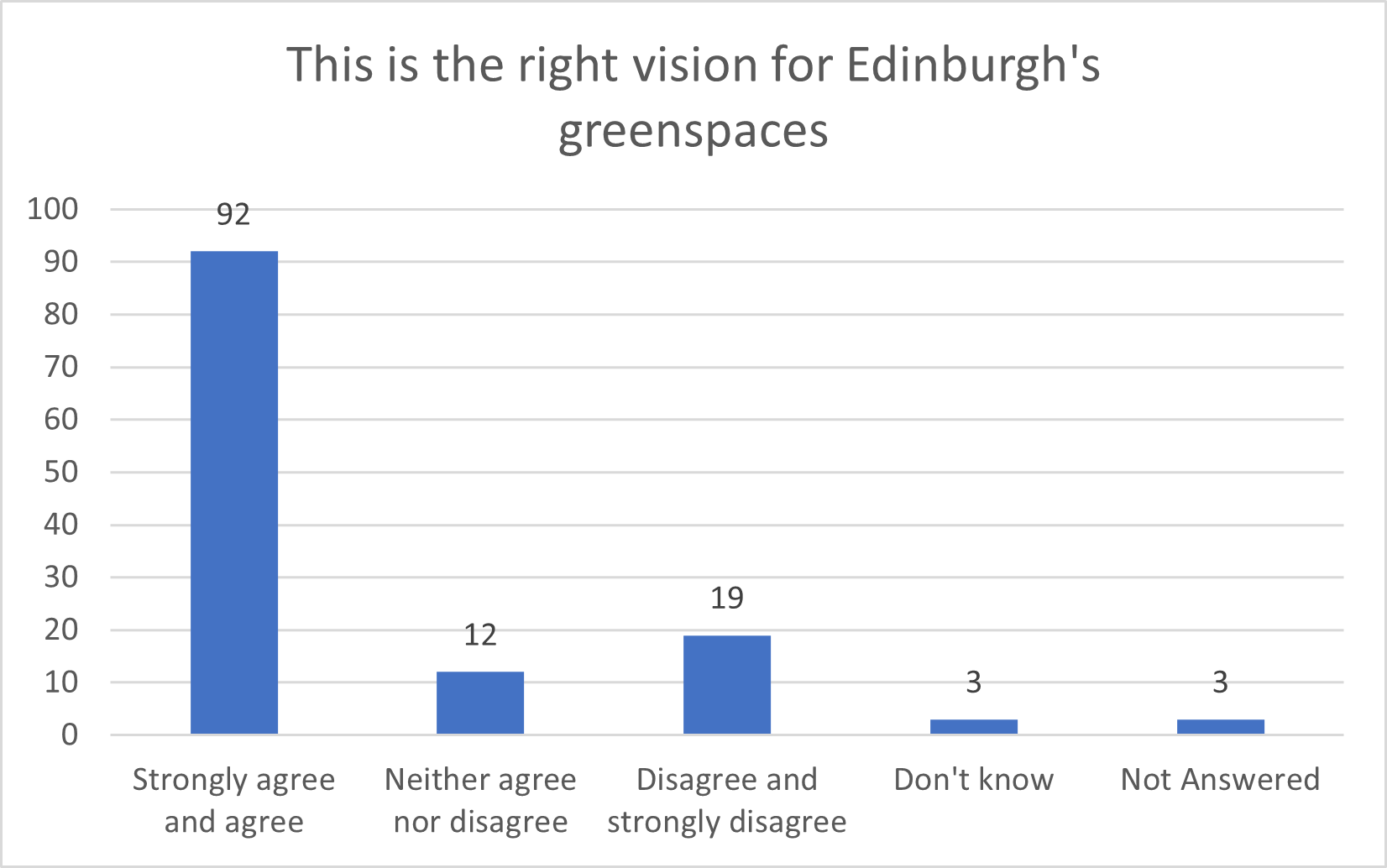
Chart 1: attitude to vision for greenspaces
Option, Total, Percent
Strongly agree and agree - 92 responses, 71 percent
Neither agree nor disagree - 12 responses, 9 percent
Disagree and strongly disagree - 19 responses, 15 percent
Don't know - 3 responses, 2 percent
Not Answered - 3 responses, 2 percent
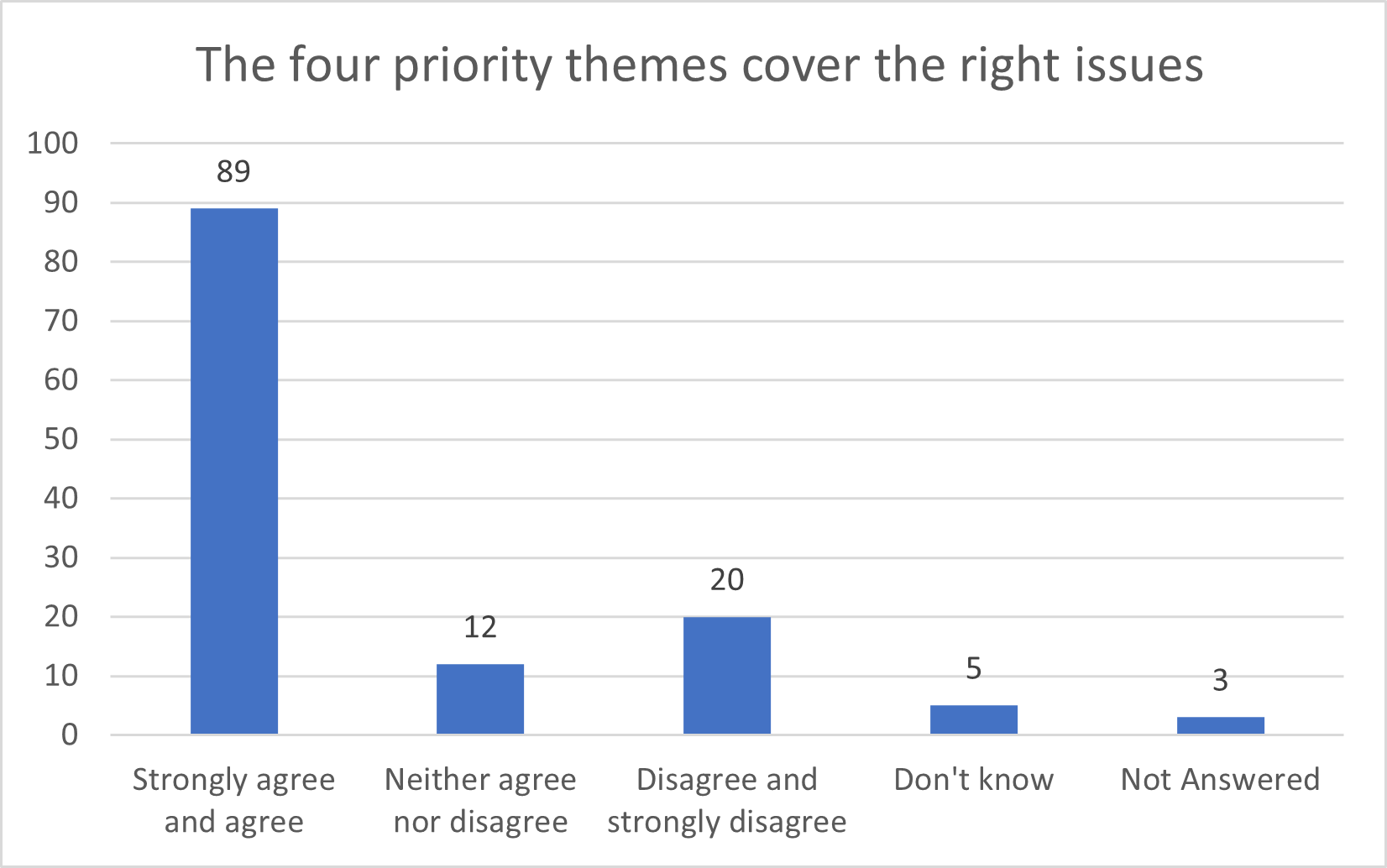
Chart 2: attitude to whether priority themes cover the right issues
Option, Total, Percent
Strongly agree and agree - 89, 69 percent
Neither agree nor disagree - 12, 9 percent
Disagree and strongly disagree - 20, 16 percent
Don't know - 5, 4 percent
Not Answered - 3, 2 percent
Chart 3 below shows that a majority of participants also thought the actions were the right ones.
Some people wanted more detail and that was reflected in higher proportions of people who were less satisfied with proposed actions than with the vision and themes.
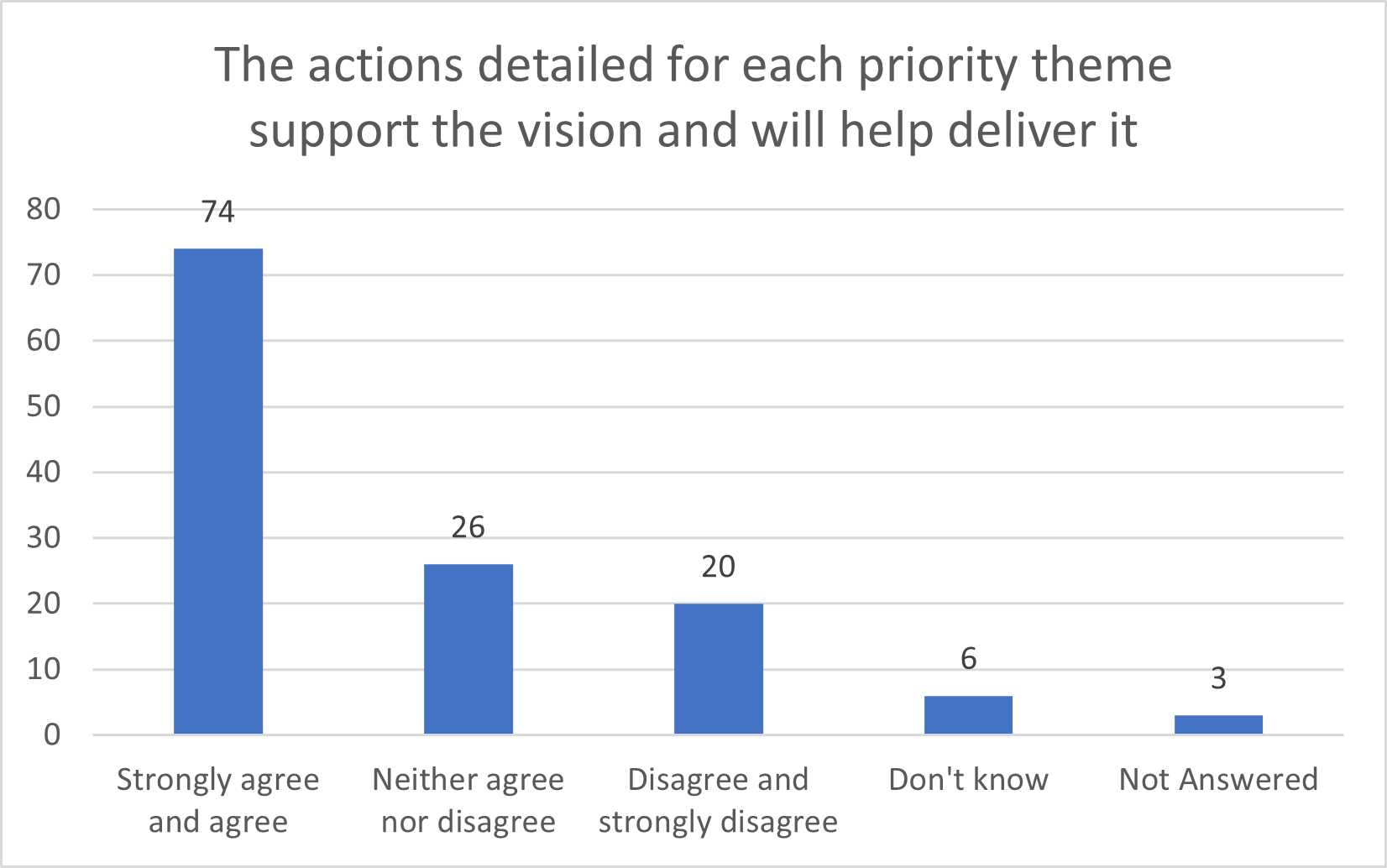
Chart 3: attitude to whether actions support vision and delivery
Option, Total, Percent
Strongly agree and agree -74 responses, 57 percent
Neither agree nor disagree - 26 responses, 20 percent
Disagree and strongly disagree - 20 responses, 16 percent
Don't know - 6 responses, 5 percent
Not Answered - 3 responses, 2 percent
Charts 4 and 5 below show that opinion was more divided about the quality of information and the consultation itself.
These responses reflect the importance participants said they attached to parks and greenspace, and stated wishes from many people for more detailed information about future plans.
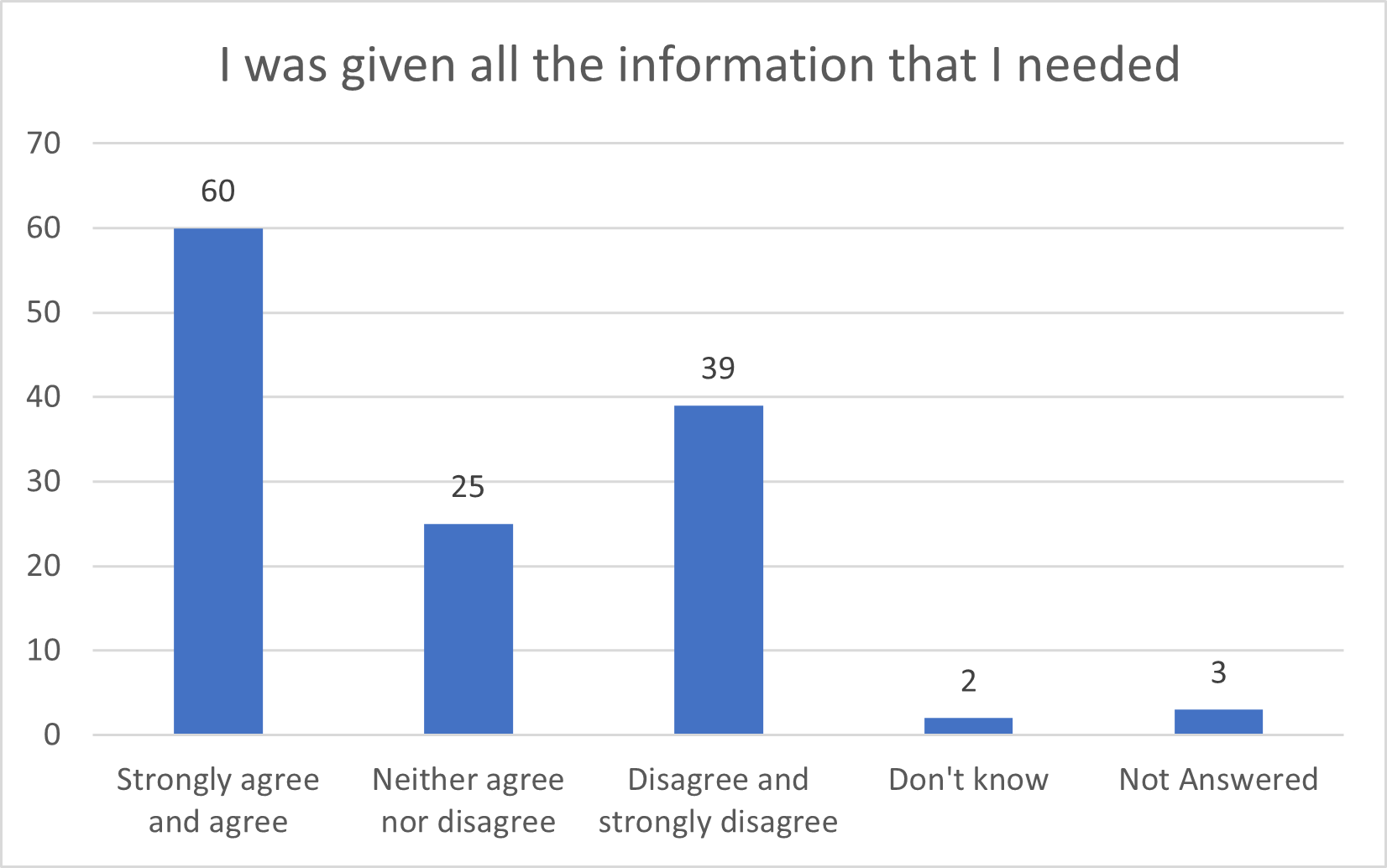
Chart 4: attitude to whether given all information needed
Option Total Percent
Strongly agree and agree - 60 responses, 4 percent
Neither agree nor disagree - 25 responses, 19 percent
Disagree and strongly disagree - 39 responses, 30 percent
Don't know - 2 responses, 2 percent
Not Answered - 3 responses, 2 percent
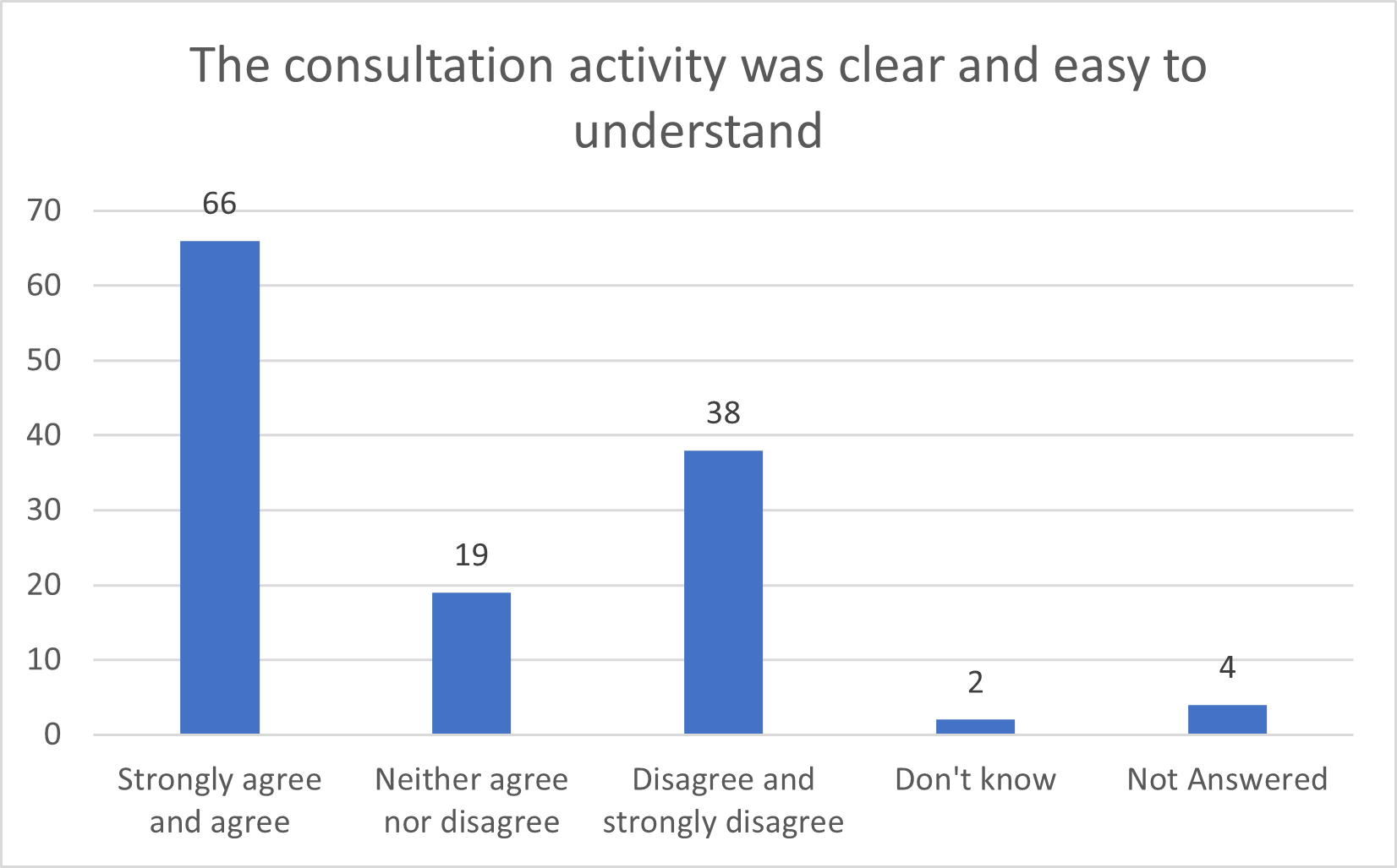
Chart 5: attitude to whether the consultation activity was clear and easy to understand
Option, Total, Percent
Strongly agree and agree - 66 responses, 51 percent
Neither agree nor disagree - 19 responses, 15 percent
Disagree and strongly disagree - 38 responses, 29 percent
Don't know - 2 responses, 2 percent
Not Answered - 4 responses, 3 percent
Chart 6 below shows that a large majority of participants did agree that the consultation had given them the opportunity to have their say.
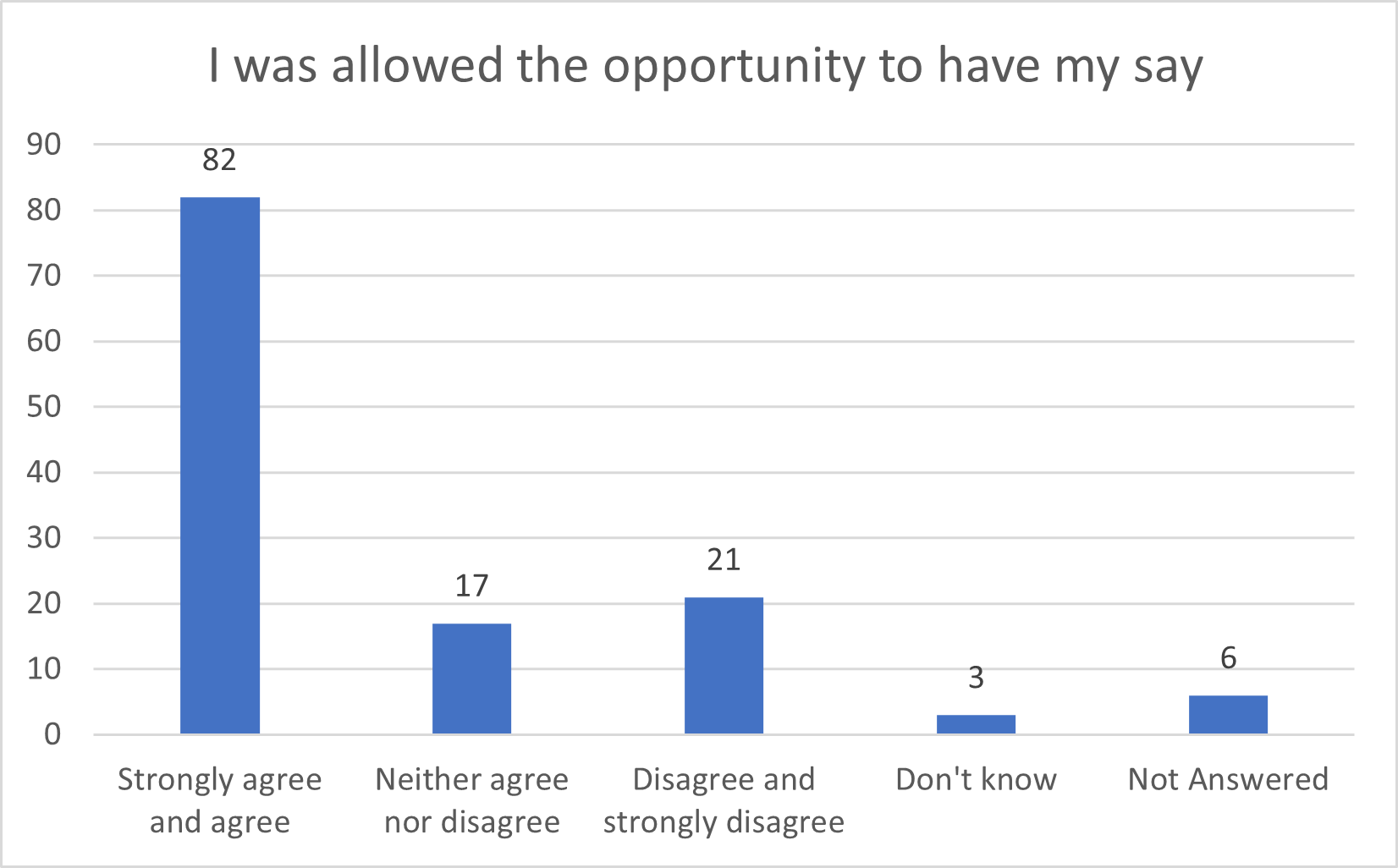
Chart 6: participants' attitude to whether felt allowed opportunity to have their say
Option, Total, Percent
Strongly agree and agree - 82 responses, 64%
Neither agree nor disagree - 17 responses, 13%
Disagree and strongly disagree - 21 responses, 16%
Don't know - 3 responses, 2%
Not Answered - 6 responses, 5%
Overall patterns and themes raised
The following was the overall pattern of responses regarding the themes of the strategy:
Connected greenspaces - Overall, there was strong support for the direction of the draft strategy including the aspects of the 'Connected' theme for biodiversity and ecosystems support and services. This is to gradually increase the proportion of greenspace and 'greened' grey space to support nature better.
There was also quite a strong strand of comments on greening grey space, for example, through many more street trees.
Participants expressed a range of views on the balance to give between serving biodiversity and non-human nature, compared to serving the needs of people. There was no clear overall view that one should be more important than the other in the vision and strategy.
There was a minor strand of responses around the need to strengthen connections and partnerships between different actors in greenspace and different kinds and managers of greenspace.
Examples of this are sports use, and managers of large amounts of land, such as the university sector and Edinburgh Leisure and the Council's Cemeteries and Housing Services. This theme has recurred throughout the life of the Thriving Greenspaces project.
Thriving greenspaces - Whether expressing positive or negative responses to the vision and strategy and associated proposals, what people said in the consultation suggests a very large majority of participants feel attached to parks and greenspaces.
People felt that they should be visibly ‘thriving’, whether that referred to human or nonhuman aspects.
‘Valued’ and ‘Resourced’ greenspaces - Many people made arguments for a vital role for greenspaces in local communities under ‘Thriving’ and these two themes in the draft strategy.
In particular, the consultation confirmed previous findings that there is high demand for more and better facilities and resources, and for better ability to access and use parks and greenspaces.
Responses also showed a strong body of opinion around a perceived gap between present realities and the aspirations expressed in the draft strategy. A significant proportion of people thought that greenspace services were underfunded and that implementing the strategy justified more resources.
The overwhelming majority of participants who expressed views felt attached to greenspace, although there was considerable scepticism about the Council’s planning and delivery of services both at present and in future.
Selected other views expressed
Access and accessibility - Overall, participants welcomed commitments made in the vision and strategy. Many people wanted more focus on the practicalities of delivering better access to higher quality green space regardless of income, disability, age, and gender.
We received no comments that mentioned sexual orientation, ethnicity, nationality, religion, or race as issues at the level of parks and greenspace vision and strategy.
Active travel, cycling, walking and wheeling - Of views expressed, the vast majority thought these ways of getting around without cars, and connecting to other Council work to promote them, should have a greater place in the vision and strategy.
A minority view was that Streets for People and cyclists and cycling pressure groups were being given too much of a place in Council planning including in this document.
Food growing - We received a small number of comments supporting a stronger emphasis to this in the Council’s greenspace strategy.
This included views that the Council needed to increase the number of allotments and citizens who held them, and dissatisfaction with the current waiting list for allotments.
Planning - A significant body of opinion suggested that the Council needed to use its planning powers and capabilities more effectively to protect and enhance green space than at present.
A related point made was that this greenspace strategy should fully or better integrate with that planning approach.
Postcodes of responses to the consultation
|
Postcode |
Count |
Percentage |
|
EH1 |
8 |
6% |
|
EH10 |
13 |
10% |
|
EH11 |
8 |
6% |
|
EH12 |
8 |
6% |
|
EH13 |
1 |
1% |
|
EH14 |
10 |
8% |
|
EH15 |
5 |
4% |
|
EH16 |
9 |
7% |
|
EH17 |
3 |
2% |
|
EH2 |
2 |
2% |
|
EH20 (Midlothian) |
1 |
1% |
|
EH24 |
1 |
1% |
|
EH26 |
1 |
1% |
|
EH3 |
4 |
3% |
|
EH38 |
1 |
1% |
|
EH4 |
10 |
8% |
|
EH5 |
11 |
9% |
|
EH53 (West Lothian) |
1 |
1% |
|
EH6 |
9 |
7% |
|
EH7 |
7 |
5% |
|
EH8 |
2 |
2% |
|
EH9 |
13 |
10% |
|
FK8 (response from Paths for All) |
1 |
1% |
|
Grand total |
129 |
|
